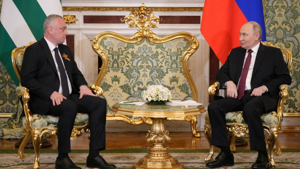
Russia continues to assert its military and diplomatic strategy amid escalating tensions on the Ukraine front and shifting global alignments. From powerful drone campaigns to diplomacy in China and pressures over frozen assets, its multifaceted agenda underscores both challenges and resilience.
1. Military Campaign Intensifies with Strategic Momentum Russia Bold Strategic Agenda
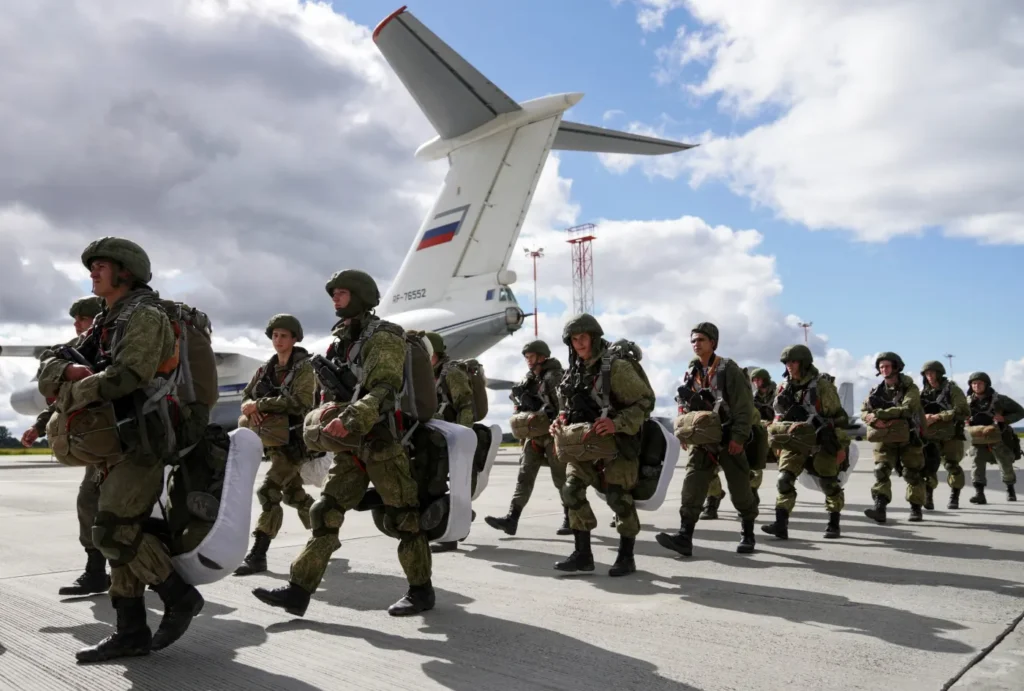
Russia Bold Strategic Agenda forces are pushing forward with a non-stop offensive across nearly the entire front line in Ukraine. According to Russia’s General Staff, the country holds the “strategic initiative” in these efforts . Meanwhile, Ukraine reports that although Russian troops claimed to have captured over 3,500 square kilometers of territory since March, they have not seized full control of any major city through the summer.
Satellite assessments reveal that between July 29 and August 26, Russia gained approximately 180 square miles—a decrease from the prior period—but still marking a weekly increase, such as the 48 square miles captured from August 19 to 26—a notable rise over 25 square miles the week before. Russia Bold Strategic Agenda
These developments show a grinding but deliberate advance, with contested claims on both sides shaping the combat narrative.
2.Russia Bold Strategic Agenda Drone and Missile Campaign Targets Ukraine’s Energy Infrastructure
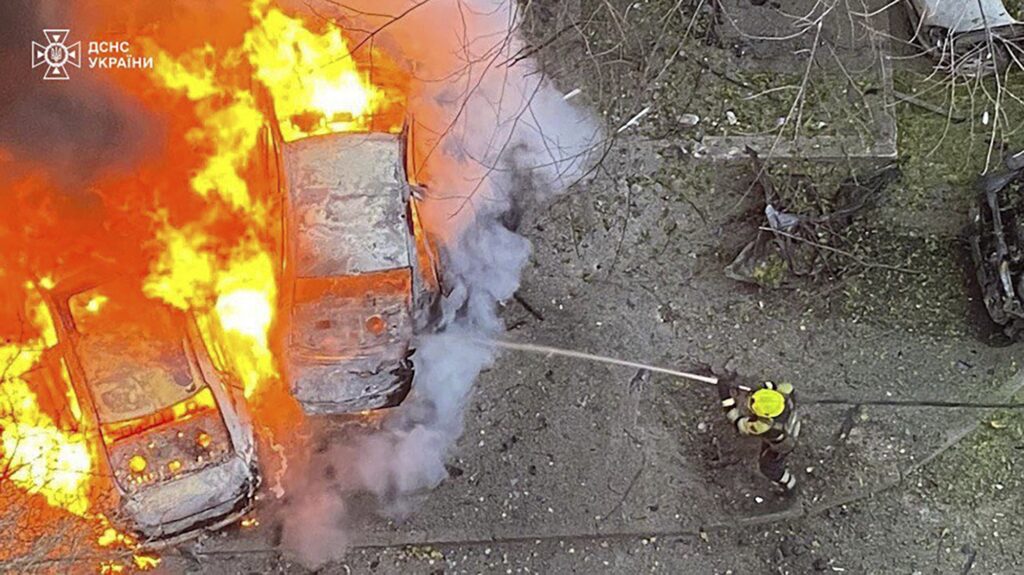
Russia launched a “massive strike” on Ukraine overnight, employing over 500 drones and dozens of missiles. Ukrainian air defenses intercepted many, but at least one person was killed and dozens were injured in the Zaporizhia region. Cities like Dnipro and Pavlohrad suffered fires and widespread outages.
Ukraine reported that 510 of 537 drones and 38 of 45 missiles were downed—a testament to its robust air defense systems—but still, the assault wounded civilians, disrupted utilities, and heightened concerns as winter approaches.
3. China and BRICS: Russia’s Diplomatic Front Russia Bold Strategic Agenda
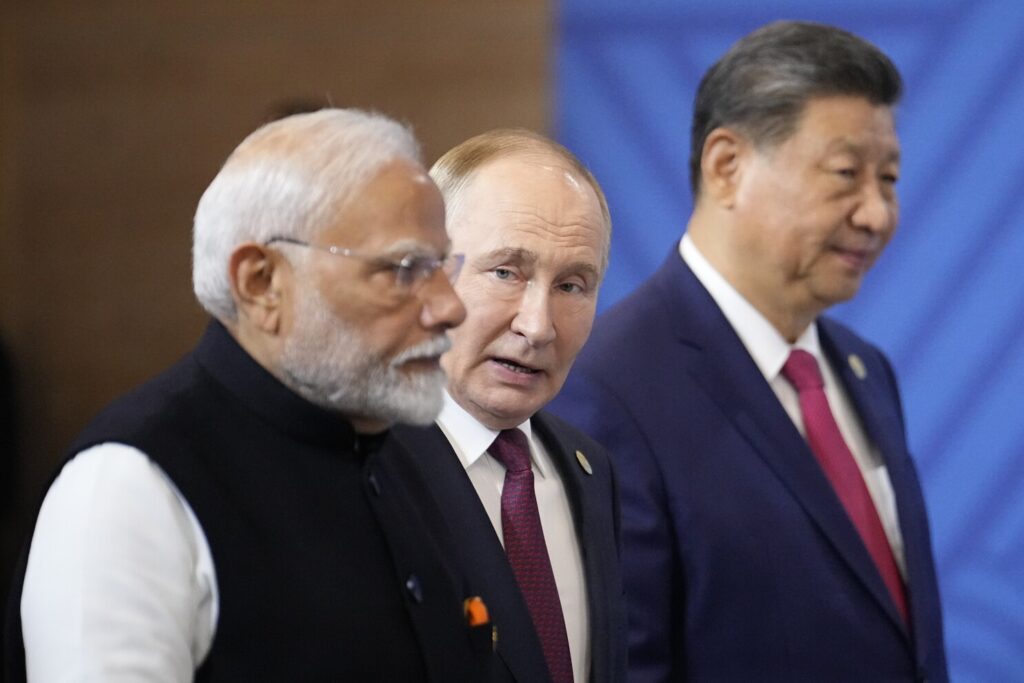
Ahead of the Shanghai Cooperation Organisation (SCO) summit in Tianjin, President Putin arrived to a red-carpet welcome. He emphasized deep strategic ties with China, which he called “the most stable, mature and strategically significant” among major countries.
Putin also denounced “discriminatory” Western sanctions, calling for reforms to international financial institutions like the IMF and World Bank. He argued for a new financial system based on openness and equity for the “Global Majority,” signaling a push for alternatives to Western-led economic structures.
4. EU Debates Seizing Frozen Russian Assets for Ukraine
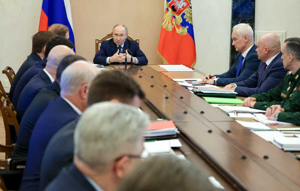
The European Union is considering long-term strategies to utilize around €210 billion in frozen Russian assets to support Ukraine’s defense and reconstruction. Some leaders, particularly from the Baltic states and Poland, advocate for immediate seizure. However, major EU powers like France, Germany, and Belgium cite legal risks and potential harm to financial stability as reasons for caution.
This debate reflects competing priorities between moral urgency and preserving institutional and financial norms within the EU.
5. Mixed Signals: Pressure and Resilience
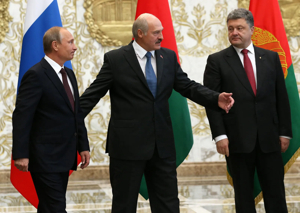
Russia’s actions reflect both assertiveness and vulnerability. Militarily, it maintains momentum and control—but without securing major urban centers in Ukraine. Diplomatically, it bolsters alliances with China and BRICS, seeking new financial frameworks to sidestep Western hegemony. Yet, internally and across borders, it feels the strain—frozen assets, constrained fuels, and mounting energy attacks.
For instance, Ukrainian drone assaults targeting Russian refineries since early August sparked concerns over a fuel crisis in Russia, with swarms hampering operations and causing pump shortages. Despite this, the government is seeking ways to mitigate disruptions.
Conclusion
Russia’s strategic agenda interweaves aggressive military operations, deepening alliances with non-Western powers, and efforts to reshape global financial architecture. Yet, the strains are visible: Ukraine’s resilient defense, energy vulnerabilities, and mounting economic pressures. As winter and diplomatic summits approach, Russia faces a critical test of whether it can sustain strategic initiative or be forced into retreat.
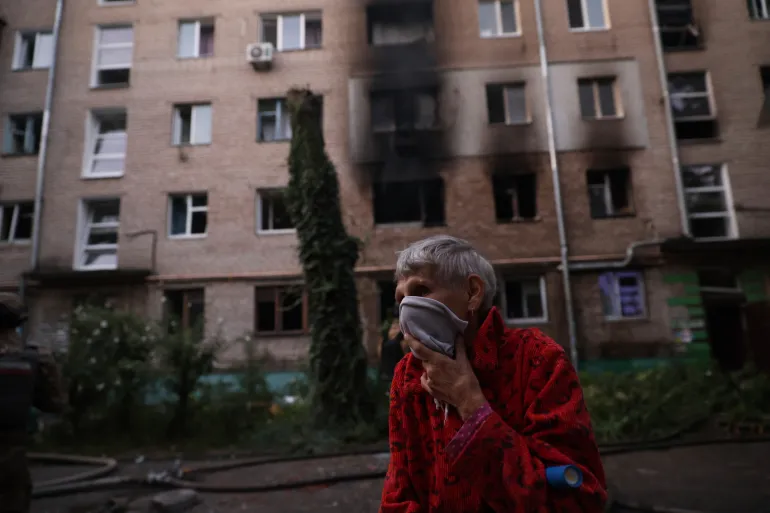
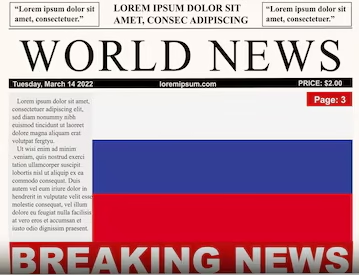
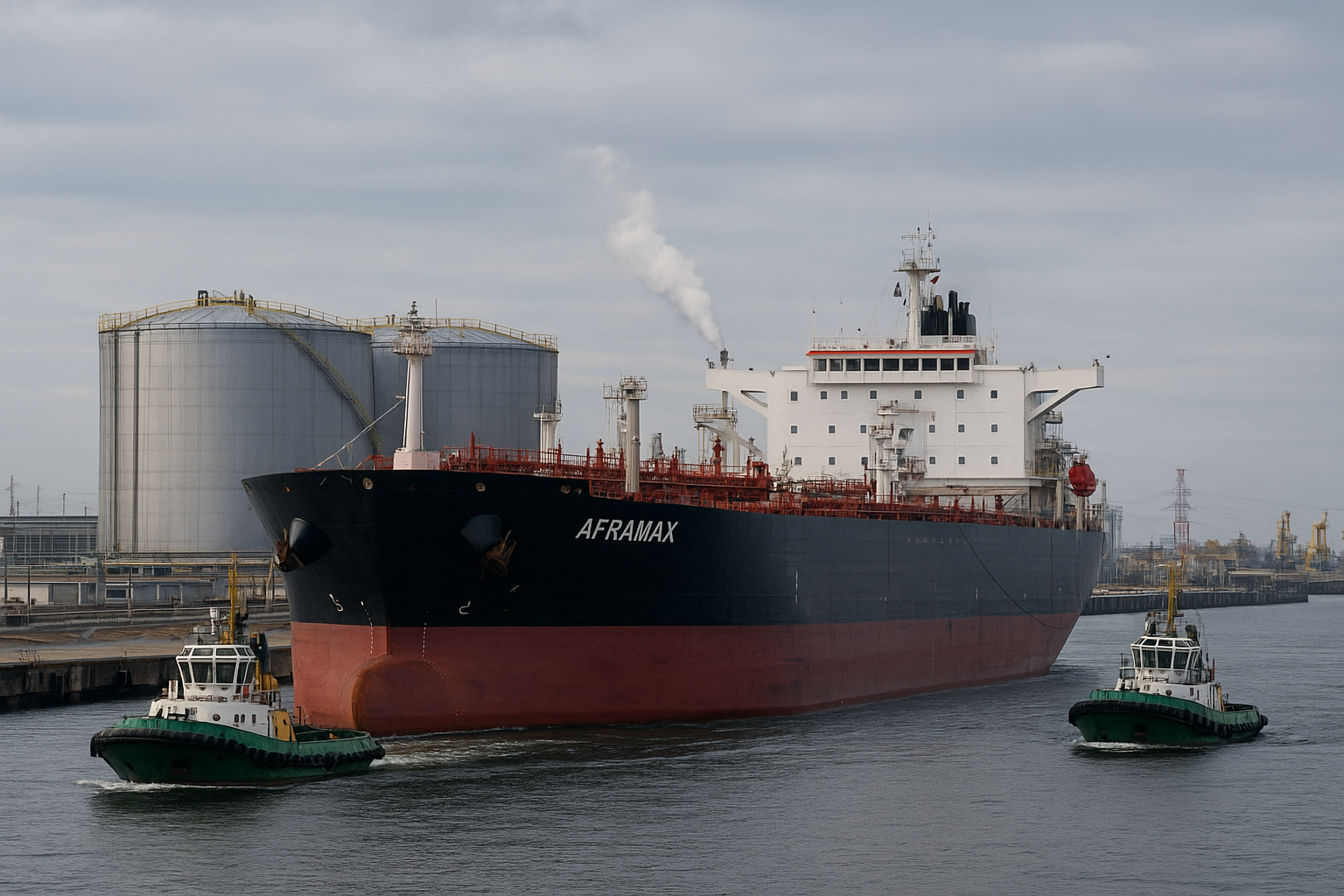
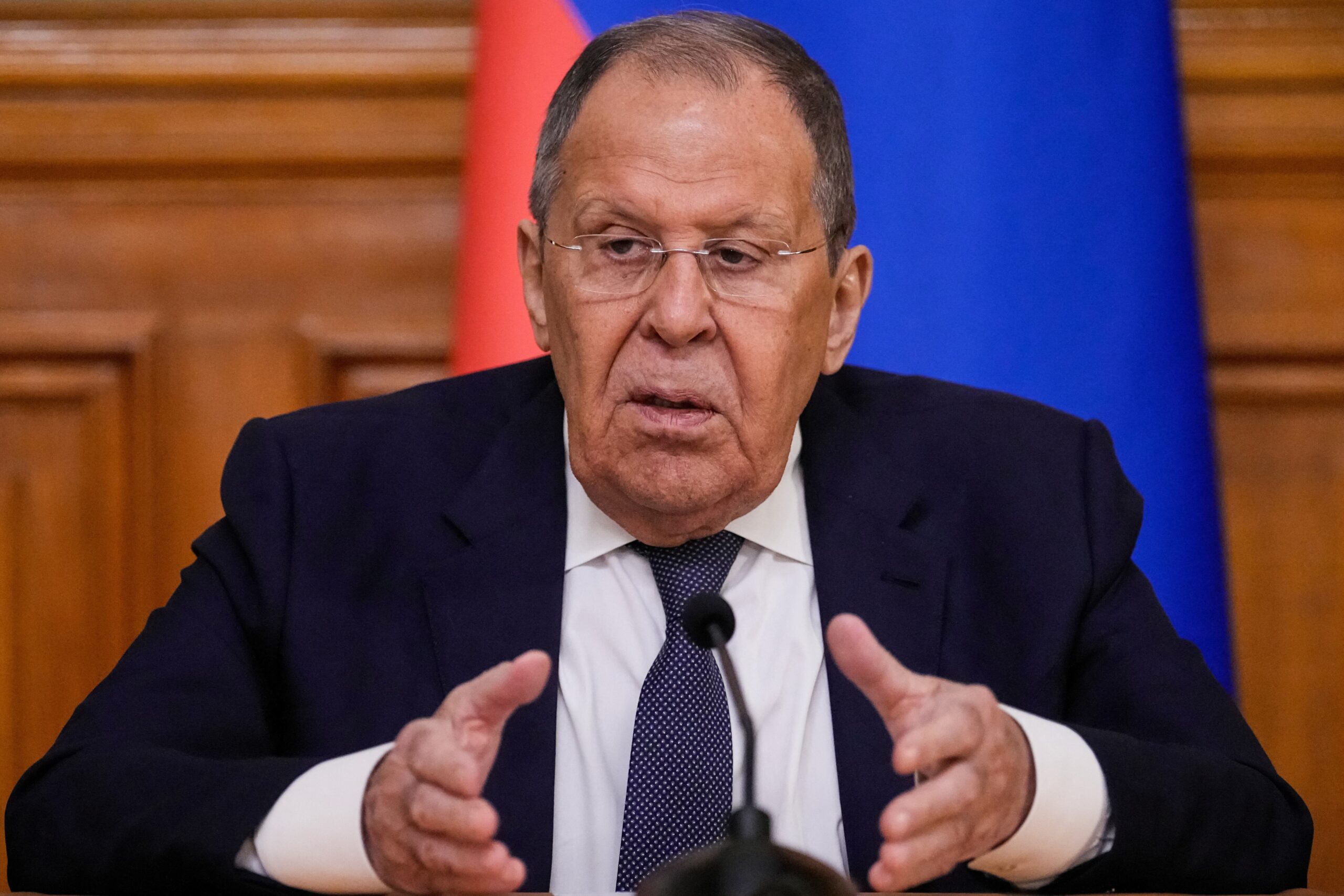
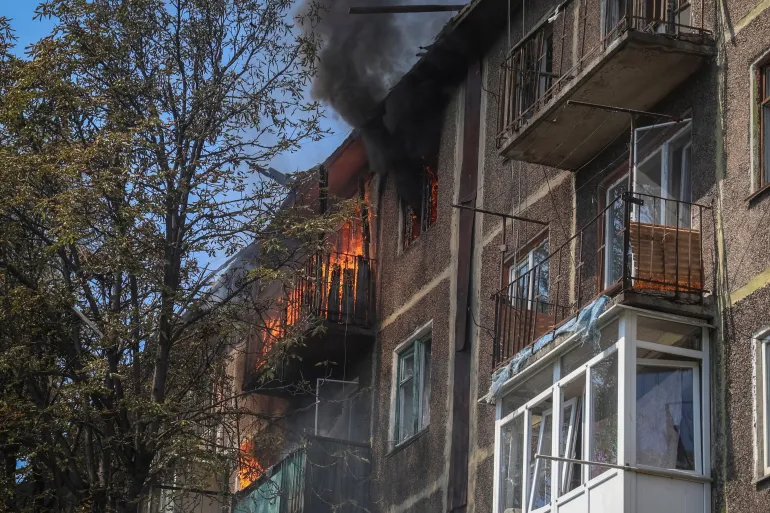

Leave a Reply